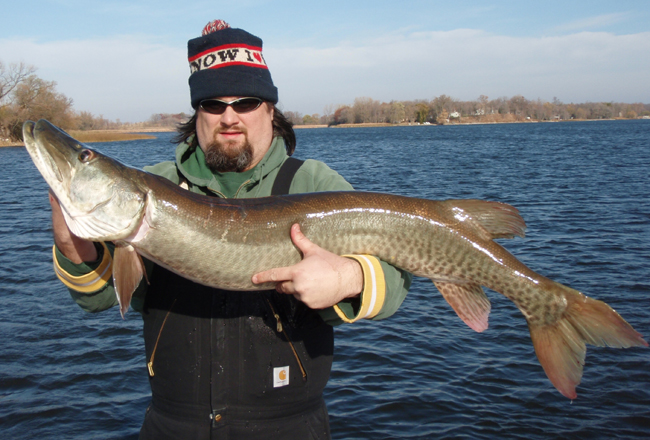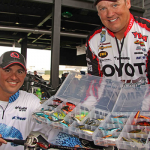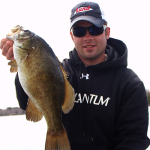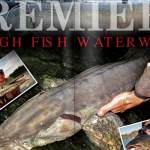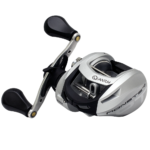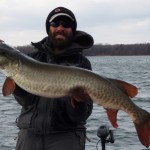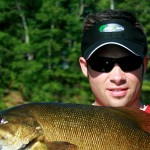By: Adam M. Glickman
For most anglers, late November in Wisconsin and Minnesota looks like a bleak time. Summer is long since gone and winter is right around the corner. To the untrained eye, it looks like both the land and water is locking down and closing up shop. However, nothing could be further from the truth. Many large predatory animals are making a huge caloric push to help survive the harsh winter. Below the water’s surface, cold water tolerant species such as musky, pike, and walleye feed voraciously as the urgency of winter looms ever closer. They target whatever forage concentrations are available. The larger the concentrations of forage, the larger the concentration of these apex predators. The easier it is to predict such forage concentrations, the easier it is for anglers to cash in on some of the best big fish action of the entire season. In mid to late November, the cisco spawn is certainly the largest and most predictable forage concentration, and as such is easily the best trophy game in town.
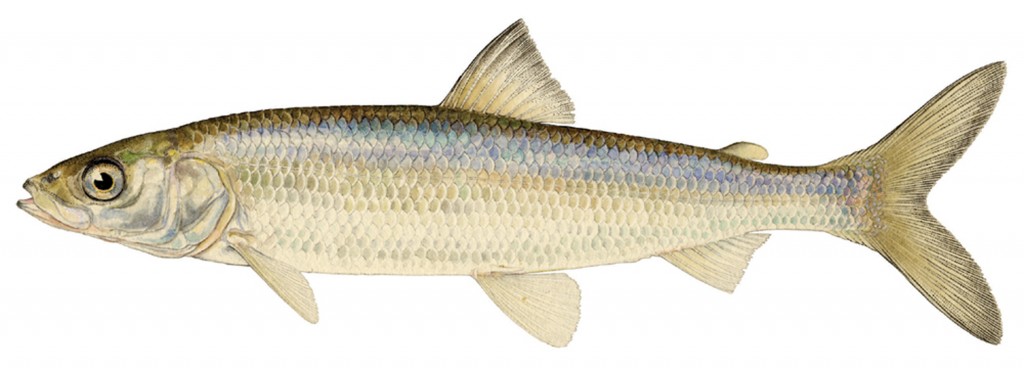
Ciscoes inhabit natural lakes and reservoirs of moderate to low fertility. Historically, they only inhabited larger lakes, but naturally reproducing populations have been successfully introduced and established in lakes as small as 200 acres. The governmental introduction of ciscoes is often successfully used to bolster food sources for gamefish. High water clarity is not necessary for ciscoes to thrive, but high water quality is. The system’s water must be clean and healthy.
Ciscoes take on different appearances depending on region and what type of system they live in. At one time, many different subspecies of ciscoes where recognized, but genetic testing revealed they are all the same in terms of DNA. Fish referred to as tulibee in Minnesota and herring in the great lakes are all in fact ciscoes. Some Wisconsin waters have ciscoes that grow no longer than 5-7 inches. In Minnesota, ciscoes are deeper bodied and easily reach 20 inches, weighing 2-3 pounds. It is easy to understand why it was once thought these were different subspecies. Whatever body shapes ciscoes take, they are heavily preferred as food by gamefish because they are soft finned, long in body, and high in both fat and protein. Most Minnesota and Wisconsin waters that contain ciscoes are in the north country, but some waters much further to the south have them as well. The best way to find lakes with ciscoes is to check DNR surveys that are published on their websites and in fishing publications containing lake information.
Ciscoes spawn in late fall on main lake points, shorelines, and reefs on a bottom of clean sand and fine gravel. Silt, sediment, dead leaves, vegetation, and/or filamentous algae are unacceptable and ciscoes will usually not enter these areas for reproductive purposes. Many of these areas don’t attract gamefish much of the year anyhow. Ciscoes begin to stage very close to or in these areas as the water drops into the low 40’s F. They spawn at water temperatures of 38-40 F, just before or during freeze up. If a full moon coincides close enough to ideal temperatures, it will often spur huge spawning movements.
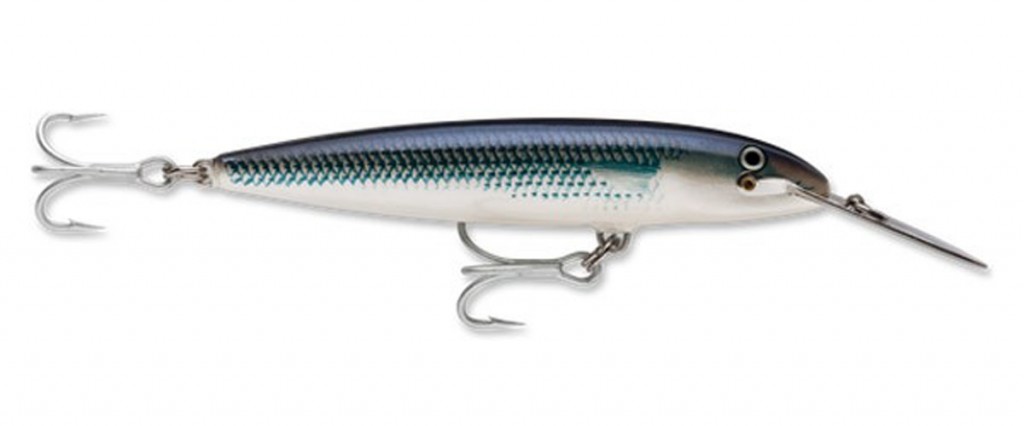

Dragging a metal lipped deep running crankbait such as a Cisco Kid or Magnum Rapala directly on such structure will serve two purposes. First, if the bottom is not clean, the lure will come up with debris and muck indicating the area is no good for cisco spawning. Second, if the bottom is clean, the metal lip will distinctively telegraph when the lure is running through the desired sand and fine gravel. With a little practice, it is easy to learn what to feel for. Prime areas may be few and far between. I like to waypoint very specific areas on my GPS prior to the spawn to make the search easier and faster on cold, short, late fall days. If ciscoes are using a prime area at the appropriate time, it will be obvious as they will be easily seen on the screen of all but the worst graphs. Oftentimes, cisco surface activity can be seen, especially in the evening.
Muskies of all sizes target these schools heavily, but often the largest muskies in the lake are following these ciscoes all season. The advantage to this is that these muskies were most often roaming vast open water expanses seeing very few lures. Combine the relatively light angling pressure with a forage frenzy and an urgency to feed, and these huge intelligent muskies become as catchable as they ever will be. This does not make them easy, but certainly easier. The largest pike and walleyes in the lake also often join the mix and some tremendous bonus catches can be had by the musky angler. The beauty of it is the same presentations are best for all three species. Never underestimate just how large a presentation a huge cisco feeding walleye will hit. They are all targeting the same forage, and more than capable of completing the task.
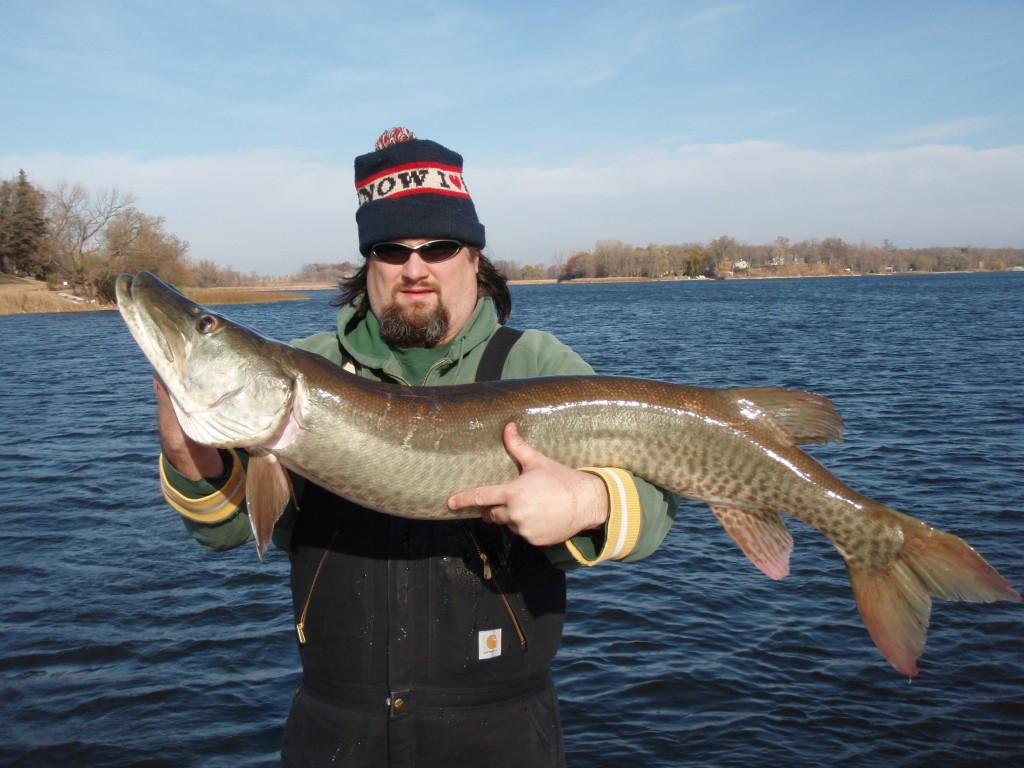
During the cisco spawn, muskies (and others) respond by working very close to the forage concentrations. They work along the edges, waiting for good striking opportunities. Most of the season, they must slash through the schools or push them towards the surface or bottom in open water. Usually the bottom is below the thermocline, so the air becomes the only viable physical boundary. However, during the spawn, the ciscoes draw into breaklines and become much more vulnerable as the muskies herd them against the side of the lake for very effective predation. Keeping presentations in close proximity to these “kill zones” makes them prime for attack and will increase strikes.
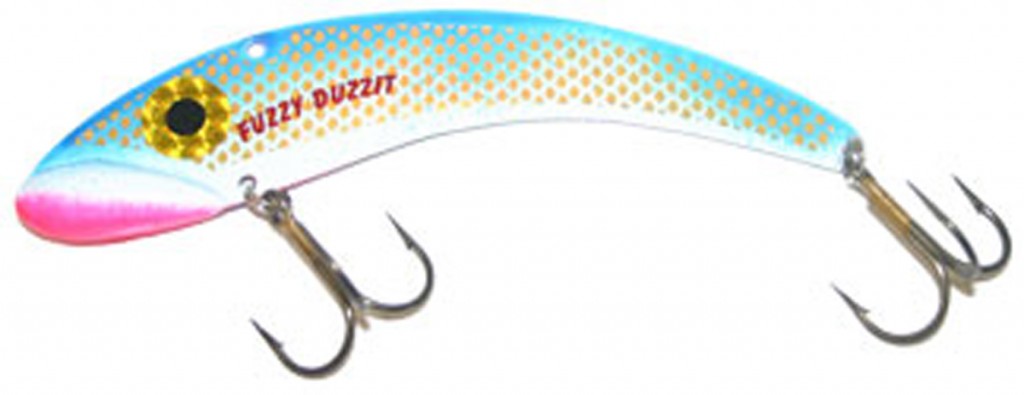
Trolling lures will work, but I prefer casting, vertical jigging, and precisely slow trolling live suckers through such areas. Depending on lake make up and cisco location the bite can take place in anywhere from 1-40 feet of water, but usually takes place in 5-20 feet. Electronics and/or surface activity will indicate cisco location and therefore presentational necessity. It is obviously best to get presentations as close to the ciscoes as possible. Being prepared to fish extremely shallow, very deep, and everything in between will greatly increase the odds of success on any given day.
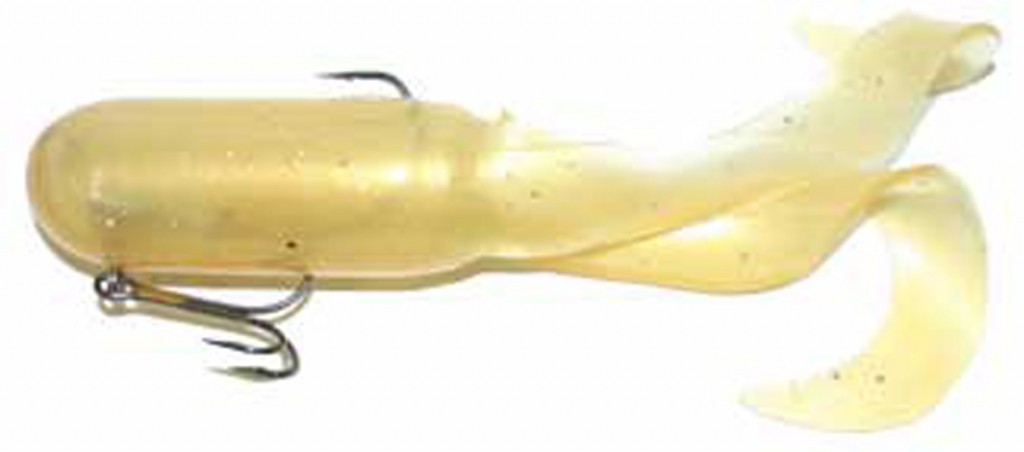
Presentations that can be fished slowly and with lots of action often shine the most. I like gliding jerkbaits such as Manta Hang 10’s by River Run Tackle. Diving jerkbaits such as Bobbie Baits weighted to slow rise, neutral, slow sinking, and fast sinking cover any depth and are hard to beat. Red October Tubes are great for getting deep and have great profile and triggering action. Sinking metal lipped crankbaits such as Sharks from River Run Tackle are great as well and as mentioned earlier are perfect for discovering prime cisco spawning sites. Vertical jigging lures such as Bondy Baits and Fuzzy Duzzits keep a lure in the strike zone at all times and cause less tackle freeze up at frigid air temperatures when repeated casting becomes impossible. Trolling lures and suckers are good for preventing freeze up as well. Even though these muskies are heavily targeting ciscoes, they will readily take a sucker fished within the mix. Natural lure colors such as white, silver, gold, black, and blue are often best, but don’t be afraid to experiment with the gaudy stuff as well. Often, something that stands out can produce the best.
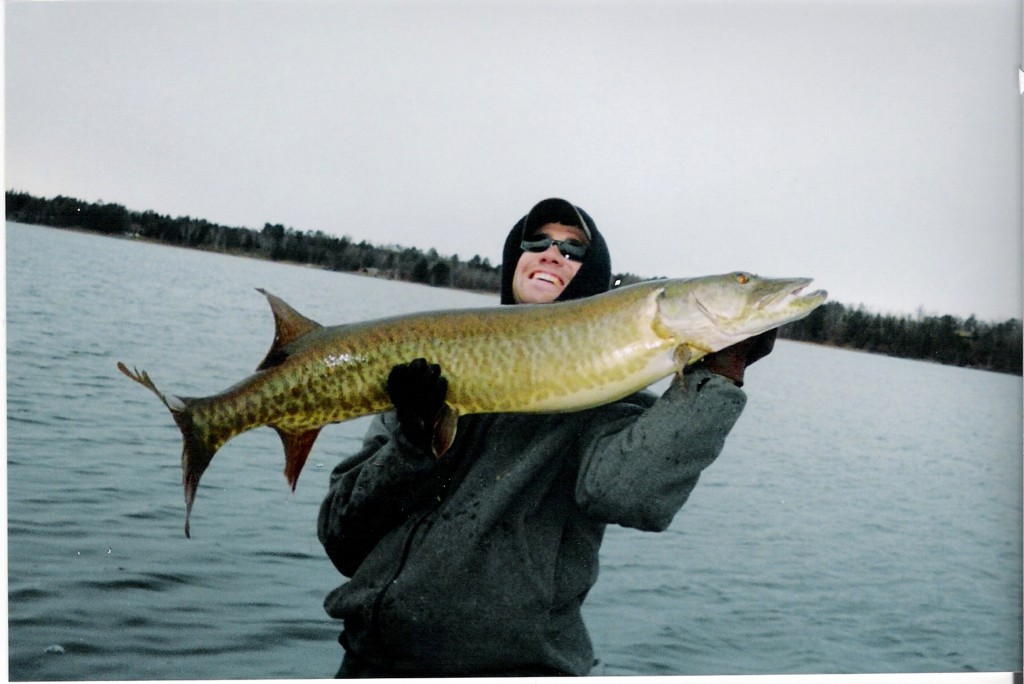
Hitting the cisco spawn properly is a matter of timing and putting all the pieces together properly. The correct location, water temperature, and presentation are all a must for things to work out. Once these things are put together in proper fashion, it usually doesn’t take too long for good things to happen. This is some of the best fishing of the year, but proper precautions need to be taken on frigid desolate lakes. The water will be cold and dangerous and help will most likely be nowhere nearby. Be prepared and stay safe.
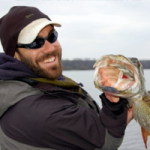 Adam M. Glickman
Adam M. Glickman
Adam Glickman, 33, originally from Ashland Wisconsin but now of the Minnesota Metro area, is field editor with Muskie Magazine, and a frequent contributor to Fishing-Headquarters and the online magazine. In 2014, Glickman began producing his new fishing program: Honest Musky Television is a unique, educational and entertaining fishing show. Our techniques are diverse, versatile, and often cost effective. We always get the strike and hookset on film, and in true honest musky fashion we use no fake hook sets or editing tricks. Glickman and his team films on a vast variety of aquatic environments from the smallest streams to the largest lakes, and done exclusively on public water, mostly in the Upper Midwest at affordable and realistic destinations.


